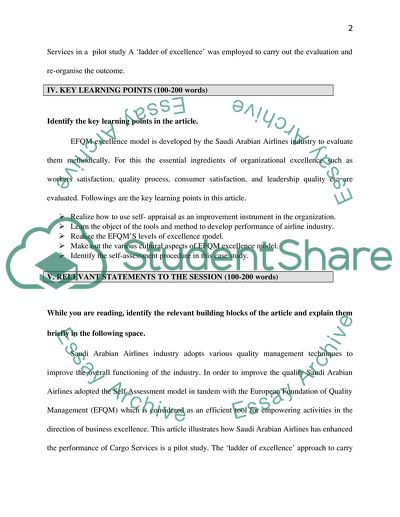Cite this document
(“The Learner's Log Book (LLB) for the Saudi Airlines Case Article”, n.d.)
The Learner's Log Book (LLB) for the Saudi Airlines Case Article. Retrieved from https://studentshare.org/social-science/1582669-write-the-learners-log-book-llb-for-the-saudi-airlines-case
The Learner's Log Book (LLB) for the Saudi Airlines Case Article. Retrieved from https://studentshare.org/social-science/1582669-write-the-learners-log-book-llb-for-the-saudi-airlines-case
(The Learner'S Log Book (LLB) for the Saudi Airlines Case Article)
The Learner'S Log Book (LLB) for the Saudi Airlines Case Article. https://studentshare.org/social-science/1582669-write-the-learners-log-book-llb-for-the-saudi-airlines-case.
The Learner'S Log Book (LLB) for the Saudi Airlines Case Article. https://studentshare.org/social-science/1582669-write-the-learners-log-book-llb-for-the-saudi-airlines-case.
“The Learner'S Log Book (LLB) for the Saudi Airlines Case Article”, n.d. https://studentshare.org/social-science/1582669-write-the-learners-log-book-llb-for-the-saudi-airlines-case.


